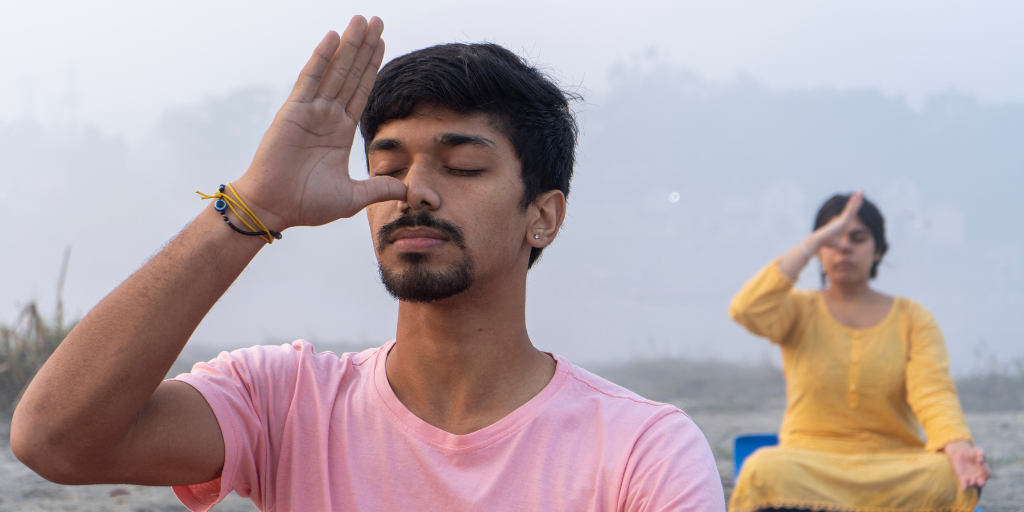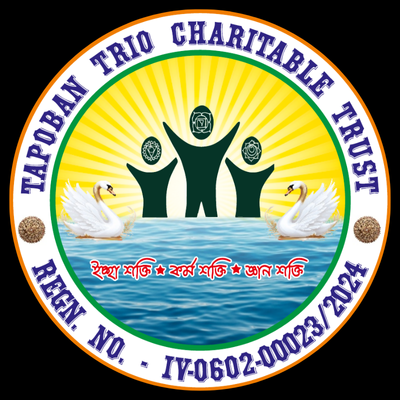In yoga, breath is more than just a bodily function—it’s a powerful tool for healing, focus, and emotional regulation. This ancient practice, known as Pranayama, is the art of conscious breathing. Though it’s been practiced for thousands of years in yogic traditions, modern science is now catching up, proving what sages knew all along: breath can transform your life.

What Is Pranayama?
“Prana” means life force, and “yama” means control. Together, Pranayama refers to the control and expansion of life force through breathing techniques. Unlike passive breathing, Pranayama requires conscious effort and intention, guiding your awareness inward while regulating energy.
Pranayama is more than deep breathing—it’s a disciplined practice that includes specific patterns, rhythms, and techniques like:
- Nadi Shodhana (Alternate Nostril Breathing)
- Kapalabhati (Skull-Shining Breath)
- Bhramari (Bee Breath)
- Ujjayi (Victorious Breath)
Each has a unique effect on your mind and body, from energizing your system to calming anxiety.
The Science Behind the Breath
Modern research now validates the ancient wisdom of Pranayama. Studies have shown that regular practice can:
- Lower blood pressure and heart rate
- Reduce stress hormone levels (like cortisol)
- Improve oxygenation and lung capacity
- Balance the autonomic nervous system
- Enhance cognitive clarity and emotional control
The breath acts as a bridge between the conscious and subconscious mind. When we breathe slowly and mindfully, we signal safety to the brain—switching from the “fight or flight” mode to the “rest and digest” mode.
Mental Health and Pranayama
Pranayama is now being integrated into therapeutic settings for conditions like:
- Anxiety and panic disorders
- Depression and emotional instability
- ADHD and attention disorders
- PTSD and trauma recovery
By regulating the breath, we begin to regulate our emotional state. You don’t have to be a seasoned yogi to feel the effects—even just five minutes a day of mindful breathing can shift your mood and clarity.
Pranayama in Daily Life
One of the most beautiful aspects of Pranayama is its accessibility. You don’t need a mat, a class, or even much time. You can practice:
- While commuting
- During breaks at work
- Before sleep
- After waking
- Anytime stress arises
All you need is a quiet moment and your breath.
Getting Started Safely
If you’re new to Pranayama, start gently:
- Begin with basic deep breathing—inhale slowly through your nose for 4 counts, exhale for 4 counts.
- Try Nadi Shodhana for balance—alternate nostril breathing is calming and centers both brain hemispheres.
- Work up gradually—start with 3 to 5 minutes daily and increase as you become more comfortable.
Always practice on an empty stomach and, if possible, under guidance when trying advanced techniques like Kapalabhati or Bhastrika.
Final Thoughts
Your breath is the most accessible tool for self-healing, balance, and inner awareness.
Through Pranayama, you learn not only to breathe—but to live more consciously.
Inhale deeply, exhale slowly—this is where the transformation begins.
